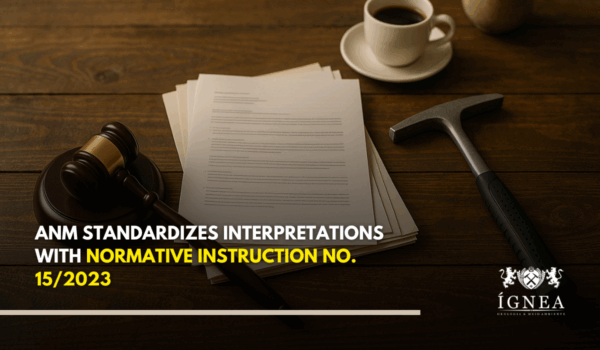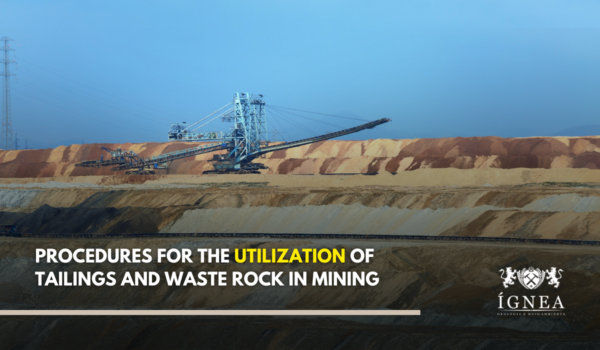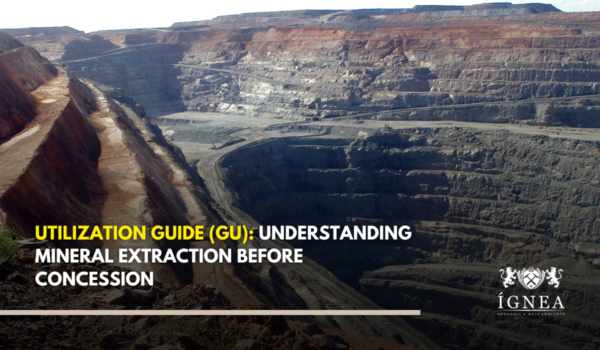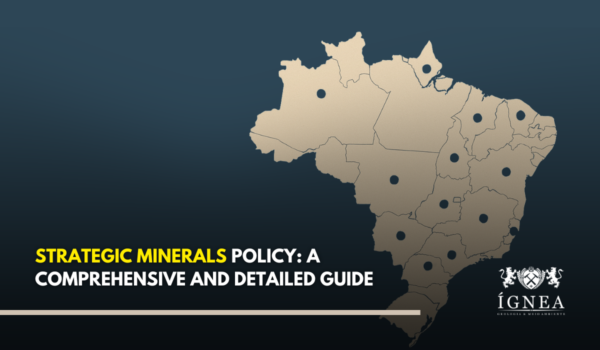All mining operations holding valid mining authorisation titles, whether active or temporarily suspended, are required to develop and submit a Mine Closure Plan (MCP). Regulated by the National Mining Agency (ANM), the MCP follows guidelines set out in ANM Resolutions No. 68/2021 and No. 104/2022.
The Resolutions aim to enhance sustainable mining practices by establishing clear and transparent measures for technical procedures and standards while monitoring changes to the MCP throughout the mine’s operational life.
Before the introduction of these Resolutions, mine closures were regulated solely by Mining Regulation Standard (NRM) 20.4, which left room for interpretation and uncertainty. By providing clear and transparent guidelines, the new Resolutions offer greater legal security and predictability, benefiting both mining companies and the communities and environment impacted by mining activities.
Criteria and Penalties for Non-Compliance with the MCP
The requirement to submit a Mine Closure Plan is explicit: all mining operations with valid authorisation titles in effect must present an MCP within 18 months of the implementation of Resolution No. 68/2021, i.e., by December 2022.
The document must be prepared by a legally qualified professional and updated every five years or whenever changes occur in the Economic Exploitation Plan (PAE), whichever comes first.
Enterprises failing to meet this requirement may face penalties under Decree-Law No. 227/1967 and related legislation, such as Decree No. 9,406/2018, and Laws No. 12,334/2010 and No. 14,066/2020. Sanctions range from warnings to heavy fines and the suspension of mining activities.
Complying with these rules not only ensures responsible operations but also avoids legal complications that could jeopardise business continuity.
The obligation to submit an MCP varies according to the stage of each mining operation.
Required Documentation and Where to Access Regulations
To ensure the MCP aligns with ANM requirements, it must contain a comprehensive set of detailed technical information. This includes maps, site plans, photographs, and other visual records that accurately depict the current state of the mine and its surrounding areas.
The MCP should incorporate a complete infrastructure plan, strategies for decommissioning existing structures, environmental rehabilitation plans for affected areas, and a detailed physical and financial timeline covering all closure phases, from pre-closure to post-closure.
For mines being closed due to resource depletion, additional legal requirements apply. These MCPs must include detailed descriptions of civil, geotechnical, and hydraulic structures, thorough risk analyses, and the implementation of measures to prevent unauthorised access to potentially hazardous areas.
Those seeking a deeper understanding of the relevant legislation can consult ANM Resolutions No. 68/2021 and No. 104/2022 in the Federal Gazette (Diário Oficial da União) or via specialised online platforms.
Additionally, organisations such as the Brazilian Institute of Environment and Renewable Natural Resources (IBAMA) and the ANM’s official website provide detailed guidance on MCP structuring and compliance criteria.
Mine Closure Plan under ANM Regulations
With increased oversight and growing awareness of mining’s environmental impact, developing and regularly updating an MCP has become a mandatory step for responsible mining operations.
Upon completing the mine closure activities, the operator must submit a detailed final report to the ANM, verifying that all steps of the MCP were executed as planned and approved. Only after the ANM approves this report can the relinquishment of the mining title be formalised.
The Resolutions also allow flexibility for small-scale and low-impact enterprises, enabling the ANM to waive some MCP requirements to simplify the process without compromising the safety or sustainability of mine closure activities.
Failure to comply with the established rules can result in severe financial penalties and cause irreparable damage to the company’s reputation.














